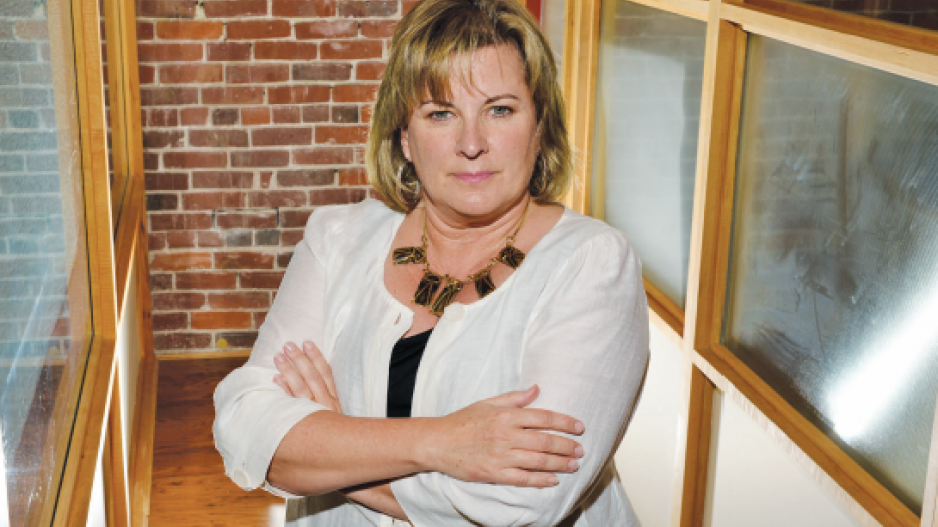Not all captains should go down with the ship. Especially so in the world of boardrooms and bottom lines, when getting rid of the boss might be the perfect tonic.
In some cases, a CEO simply must go because bad publicity has become a threat to profits. Take the case of former Centerplate CEO Desmond Hague. The U.S.-based catering company’s top executive in early September was forced to resign after a videotape allegedly showed him abusing a dog in a Vancouver elevator – an incident that prompted an investigation and BC SPCA calls for charges against Hague.
Before Hague resigned he had apologized and offered to donate $100,000 to animal welfare and to perform community service.
But none of that curbed the anger among many members of the public who wanted him gone, including many who were calling for a boycott of Centerplate’s many notable clients, including BC Place stadium and the Vancouver Convention Centre.
While executive housecleaning isn’t always an ethical dilemma or a public spectacle, most regime changes are usually bottom-line-driven, said Cori Maedel of Jouta Performance Group, a Vancouver human resources firm. A common scenario is that a business outgrows its CEO, she said.
“There is a tipping point,” said Maedel, who specializes in companies with up to 500 staff. “There’s a point where it’s now ‘Am I hurting the business or am I helping?’”
She said clever CEOs recognize their limitations and then help to launch a transition that could still include them on the team.
Maedel added that a struggling CEO will often be a generalist who is trying to cover all aspects of a business that is growing and changing, without delegating.
“I see it often where people are not organized, things are scattered, things aren’t getting done the way they should be. Decisions aren’t being made.”
She said a strong CEO takes time to make a decision and then sticks to it. A poor CEO makes quick decisions but then changes his or her mind.
“Sometimes it just makes more sense to send them out,” she said.
Maedel recalled one client in the service industry that recently reached $10 million in revenue. At that point, she said, the CEO recognized that he needed to bring in several vice-presidents to focus on finance, human resources and business development.
“He was smart enough to surround himself with people who had what he lacked.”
She added that the toughest cases are when the CEO is also the company’s founder or owner. His or her emotions and egos often block the transition, and the business stagnates because nobody is willing to discuss the leadership.
“That’s an even tougher row to hoe,” she said.
It’s not unusual that a top executive isn’t willing to go, said Adrian Travis, a principal of Trindent Consulting in Toronto. He said in cases of “mutiny,” the other leaders or board members can either fire the CEO or find ways – if the CEO is the owner – to marginalize him or her.
Travis pointed to the case of American Apparel’s founder and former CEO, Dov Charney, who was pushed out earlier this year as CEO and into a role of consultant after a series of sexual harassment allegations against him emerged and the company’s stock price plunged.
“[Charney] had influence and authority, but the board said, ‘Let’s put the decision-making authority in the hands of some other folks.’”
Travis added that a long-term transition is usually less of a “shock to the system” during an executive housecleaning.
He said that he’s now seeing more “bifurcation” of leadership in which a new CEO is brought in along with co-CEOs or other top executives such as the case of Oracle’s long-standing CEO, Larry Ellison, who gave way in September to co-presidents Mark Hurd and Safra Catz.
Travis said that ultimately it’s the market that determines whether the right executive is in charge.
“You don’t know how the market is going to respond to a change.”




